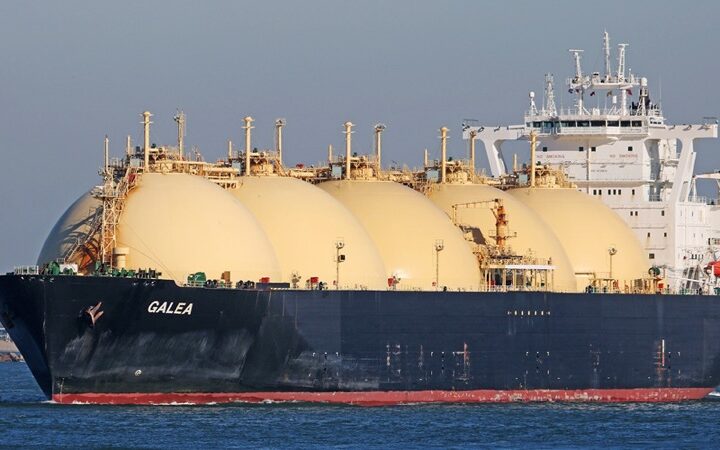By Sinead Cruise
Scores of shopping malls across Britain face a battle to survive an extended recession unless the government suspends a "toxic" tax on landlords' empty space, the retail property head of adviser DTZ said.
Mark Williams, who also chairs the British Council of Shopping Centres (BCSC) Secondary Taskforce, told Reuters the tax was an additional toll on some regional mall owners who were already imperilled by mortgage breaches as the value of their assets dwindled, ramping up the threat of repossession.
"We're concerned that a combination of falling asset values, falling rents and this toxic tax on vacant commercial space is draining vital investment away from secondary retail centres, which as a consequence are failing to meet the needs of the local population," Williams said.
Under British tax rules, commercial property landlords must pay business rates on their properties even if they are unoccupied. Trade bodies, who describe the charge as a tax on failure, say the funds would be better spent on improving real estate to attract tenants and promote business in the local area.
As Britain's retail industry braces for another challenging Christmas trading period, Williams said the BCSC was researching how many landlords had fallen foul of loan-to-value covenants and the likely stance of banks towards these troubled assets.
"We anticipate there to be certainly in excess of 100 centres in breach of their loan-to-value covenants, but we are doing further work to guage that," said Williams, adding that not all of these were destined to go into receivership.
NO FIRESALES
Because of their larger lot sizes, shopping mall purchases were typically funded with 70 percent bank debt in the run-up to the property slump, which slashed an average 45 percent from commercial property prices between June 2007 and August 2009.
This crash has eroded the equity investment in dozens of regional malls such as Stockport near Manchester and Wallasey near Liverpool, leaving banks with an onerous task of preserving cash flows and helping stricken retailers stay solvent.
More than 31 million square feet of retail property space — the equivalent to around 30 of London's famous Harrods department store — either fell vacant or into receivership between November 2008 and September, as huge retail chains such as Woolworths, MFI and Zavvi collapsed during the credit crunch.
Despite the enormous burden of keeping these community focal points and employment hubs alive, Williams said banks were not interested in selling out.
"We don't expect banks to take a firesale attitude on these properties. Early indications are the banks are just as concerned about these assets as the industry," said Williams.
"But they are starting to realise they can't succeed in keeping these centres afloat unless they get help from people who know what it takes to bring retailers and shoppers in."
Even with such expert guidance, Williams said it was still unclear the economy was over the worst. He said rents had bottomed out in prime and good secondary properties, but the lettings market for weaker centres remained depressed after the opening of 8 million square feet of new retail space last year.
Benchmark data provided by Investment Property Databank on Wednesday showed falling rents were choking the recovery in commercial property prices.
"This has been the perfect storm for retail property markets," Williams said.
"First we had the expected slowdown in prices as the UK real estate cycle matured, then we had the withdrawal of bank funding during the credit crunch. Now the consumer is looking weak and rents are falling. Every challenge has hit at once," he said.







